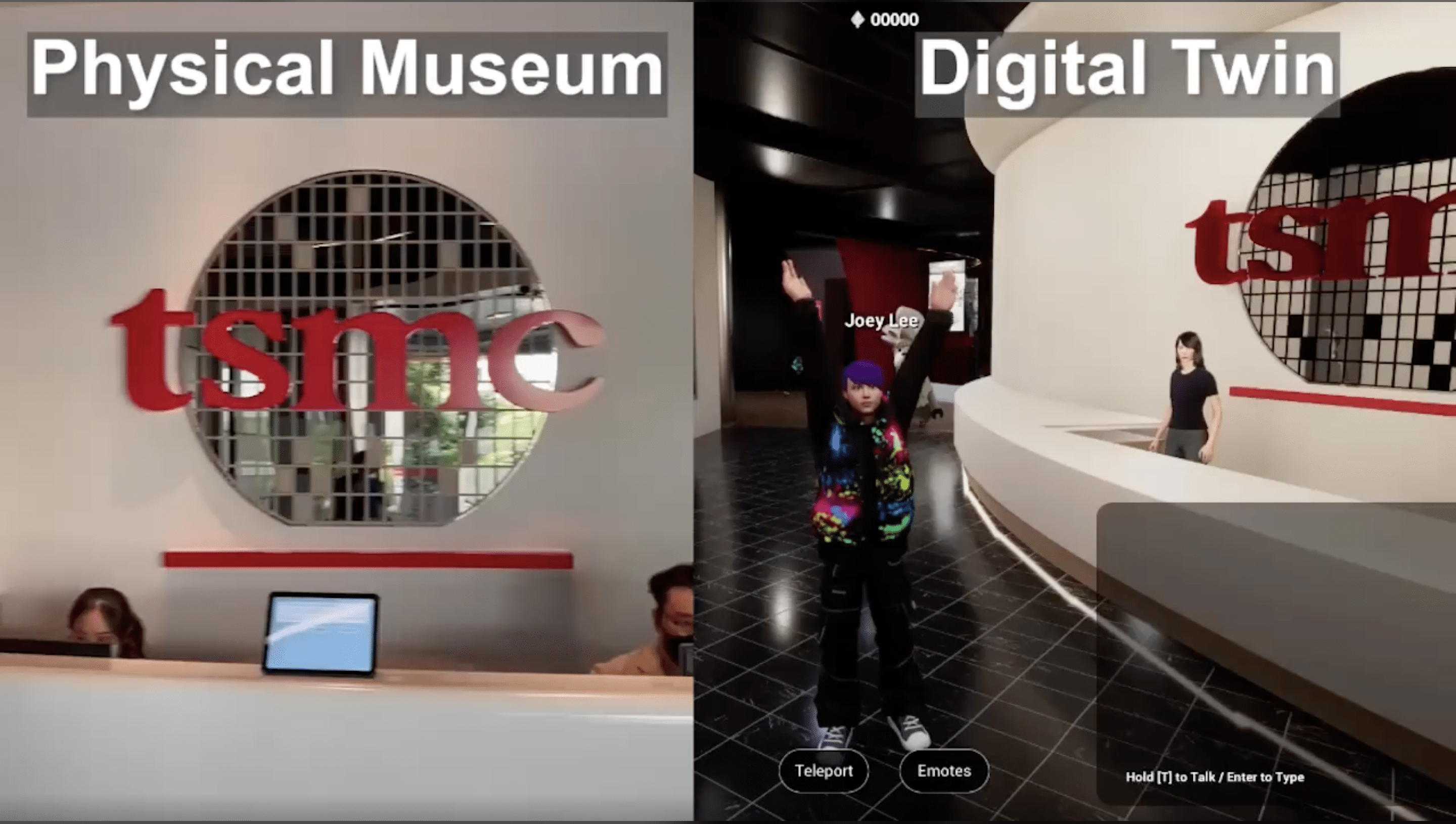
The Power of Digital Twins: Optimizing Operations with Virtual Replicas
In the rapidly evolving landscape of Industry 4.0, digital twins have emerged as a groundbreaking technology, revolutionizing how businesses optimize their operations. As 2024 comes to a close, the convergence of digital twins with metaverse applications has opened up unprecedented possibilities for industries across the board.
Understanding Digital Twins
Digital twins are virtual replicas of physical objects, processes, or systems. These dynamic, real-time reflections of their physical counterparts allow for monitoring, analysis, and optimization without the constraints of the physical world. By leveraging data from sensors, IoT devices, and other sources, digital twins provide invaluable insights that drive efficiency, reduce costs, and enhance decision-making.
The Evolution of Digital Twins in the Metaverse
The concept of digital twins has come a long way since its inception. With the advent of metaverse technologies, these virtual replicas have transcended simple simulations to become immersive, interactive environments. Here’s how far they’ve come:
- Enhanced Visualization: Modern metaverse applications allow users to “step inside” digital twins, offering a level of detail and interaction previously unimaginable. Engineers can walk through virtual factories, manipulating equipment and observing processes in real-time.
- Collaborative Environments: The metaverse enables multiple users to interact with digital twins simultaneously, regardless of their physical location. This fosters global collaboration, allowing experts from different fields to work together seamlessly.
- Predictive Analytics: By integrating AI and machine learning, digital twins in the metaverse can now predict future outcomes based on historical data and current conditions. This predictive capability is transforming maintenance schedules, supply chain management, and product development.
- Cross-System Integration: Today’s digital twins are no longer isolated representations. They can interact with other digital twins, creating a complex web of virtual systems that mirror entire supply chains or city infrastructures.
Real-World Applications and Advancements
The applications of digital twins in the metaverse are vast and growing. Here are some cutting-edge examples:
Manufacturing
Companies like Siemens and NVIDIA have developed comprehensive digital twin platforms that allow manufacturers to simulate entire production lines. These virtual environments enable:
- Optimization of factory layouts
- Testing of new processes without physical implementation
- Real-time monitoring and adjustment of production parameters
Urban Planning
Cities are using digital twins to model infrastructure, traffic flow, and energy consumption. For instance:
- Singapore’s “Virtual Singapore” project creates a dynamic 3D city model to improve urban planning and disaster response.
- In 2024, several major cities are implementing AR-enhanced digital twins that allow city planners to visualize proposed changes in real-time, superimposed over the existing cityscape.
Healthcare
The healthcare industry has seen remarkable advancements in digital twin technology:
- Hospitals are creating digital twins of patients, allowing for personalized treatment plans and predictive health monitoring.
- Pharmaceutical companies are using digital twins to simulate drug interactions, significantly reducing the time and cost of drug development.
Aerospace
Companies like Boeing and Airbus are leveraging digital twins in the metaverse to:
- Design and test aircraft in virtual environments before physical prototyping
- Provide immersive training experiences for pilots and maintenance crews
- Monitor the health of aircraft components in real-time, predicting maintenance needs before failures occur
The Future of Digital Twins and Metaverse Applications
As we look towards the future, the potential of digital twins in the metaverse seems boundless. Some exciting developments on the horizon include:
- Quantum Computing Integration: As quantum computing becomes more accessible, it will enable even more complex simulations and predictions within digital twins.
- Haptic Feedback: Advanced haptic technologies will allow users to “feel” virtual objects in the metaverse, enhancing the realism of digital twin interactions.
- AI-Driven Autonomy: Digital twins will become increasingly autonomous, capable of making decisions and optimizations without human intervention.
- Blockchain Integration: The use of blockchain technology will ensure the security and integrity of data within digital twins, particularly crucial for sensitive applications like healthcare and finance.
The convergence of digital twins and metaverse applications has ushered in a new era of operational optimization and innovation. From manufacturing floors to urban landscapes, and from healthcare to aerospace, these technologies are reshaping how we interact with and understand complex systems. As we continue to push the boundaries of what’s possible, digital twins in the metaverse will undoubtedly play a pivotal role in shaping our technological future, driving efficiency, sustainability, and innovation across industries.
Tags:
Read More:
- All Post
- AlgoMind
- Design
- Event Technology Trends
- NeurAgency

Blog Home Articles Videos Blog Home Articles Empowering Virtual Engagement with Secure, Large-Scale Solutions In an era where digital…

Blog Home Articles Videos Blog Home Articles Must-Attend Corporate Communications Events in 2025 The corporate communications landscape is constantly…

Blog Home Articles Videos Blog Home Articles Video: Breeze Intelligence by HubSpot: Smart CRM Integration HubSpot’s Breeze Intelligence is…

Blog Home Articles Videos Blog Home Articles Gamification on a Budget: Cost-Effective Ideas for Small Virtual Events Gamification is…

Blog Home Articles Videos Blog Home Articles AI in Event Measurement: Leveraging Technology for Better ROI The event industry…
